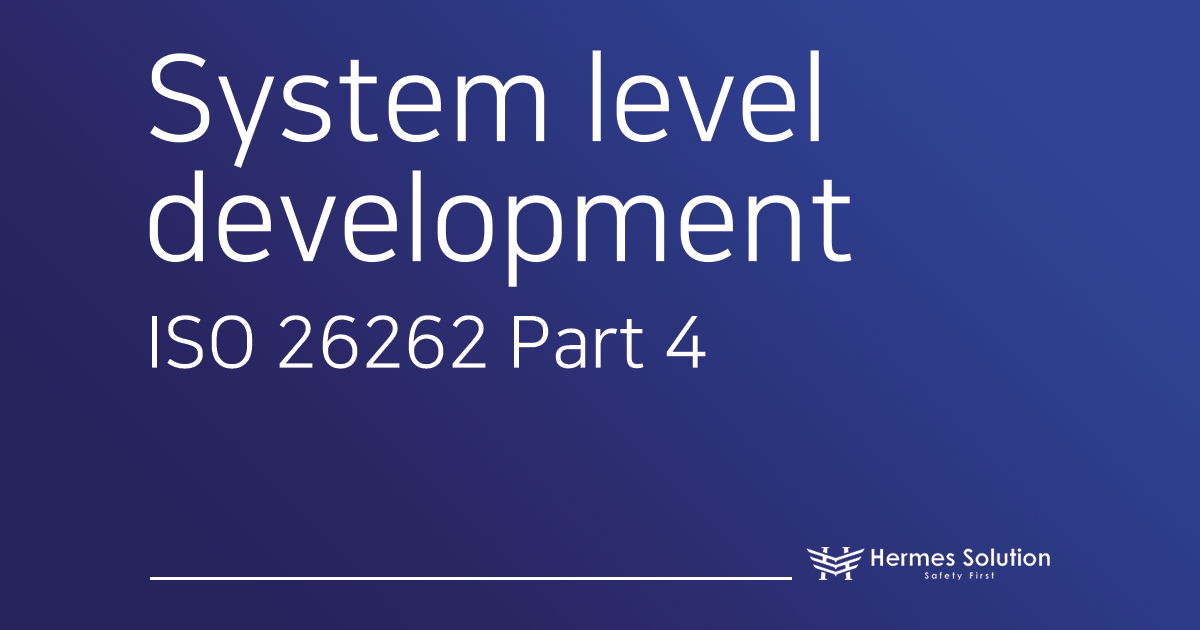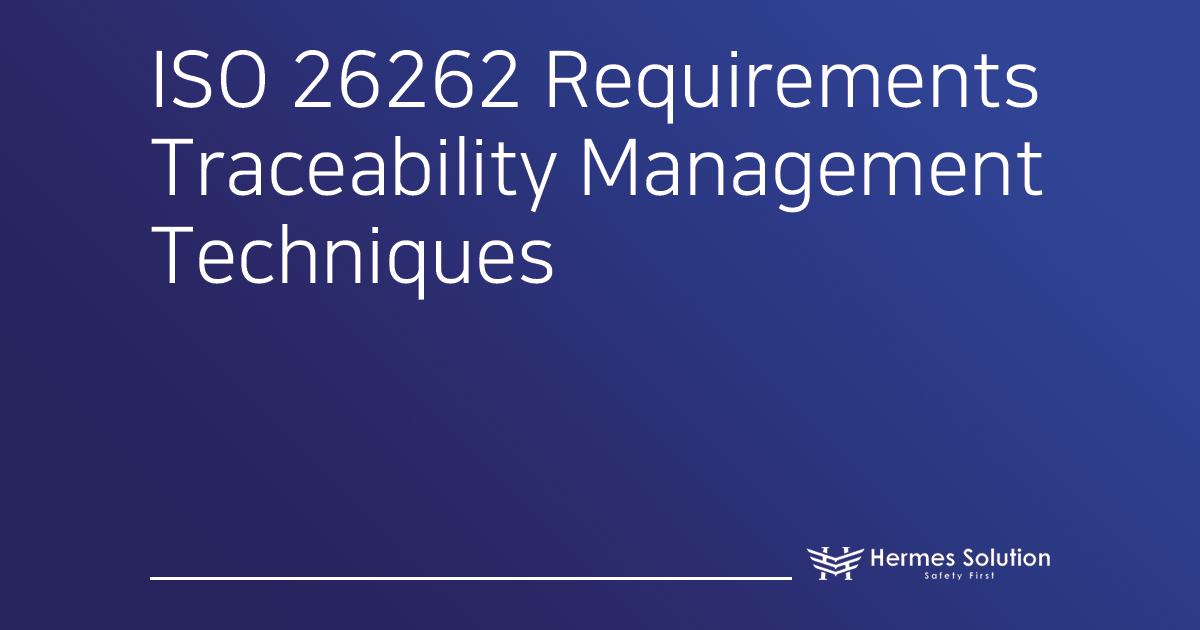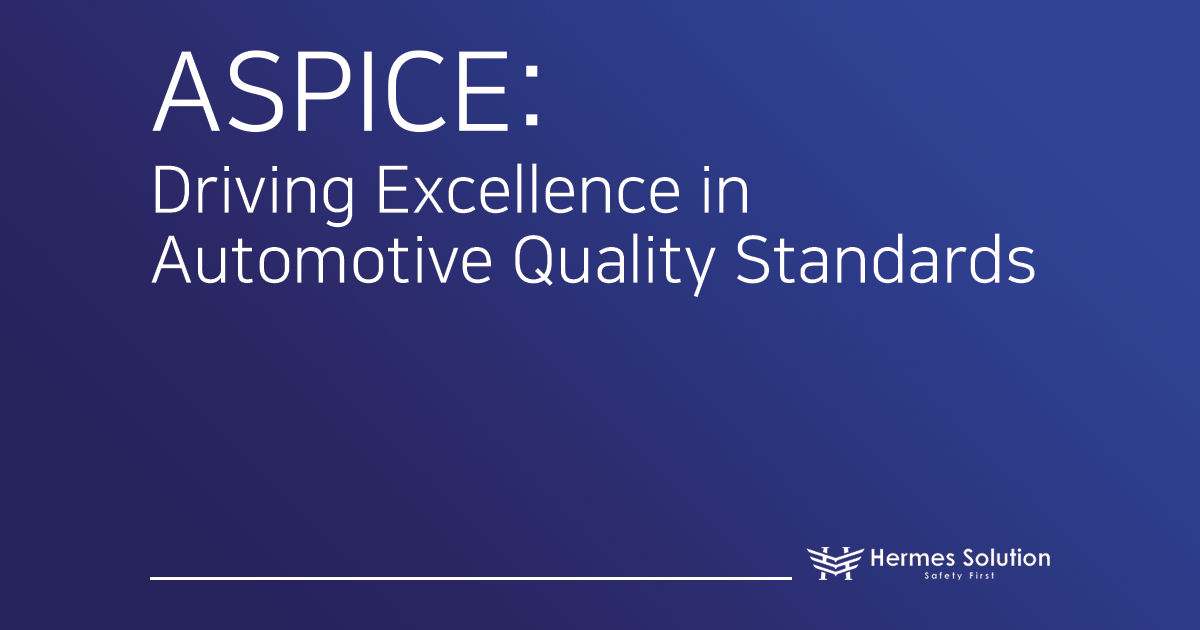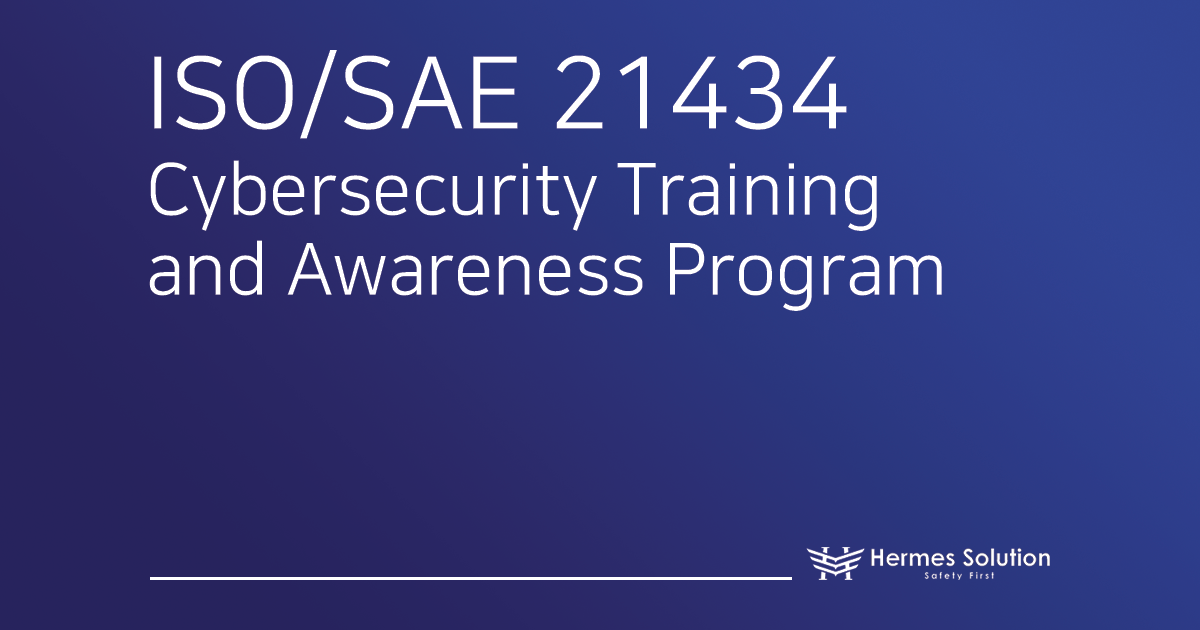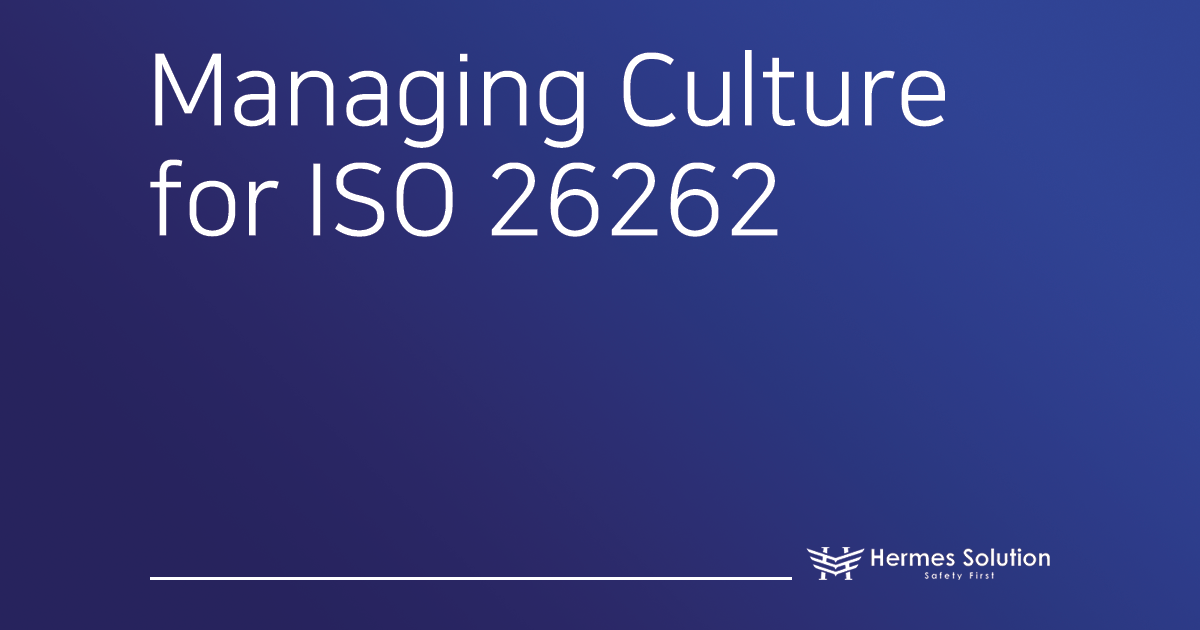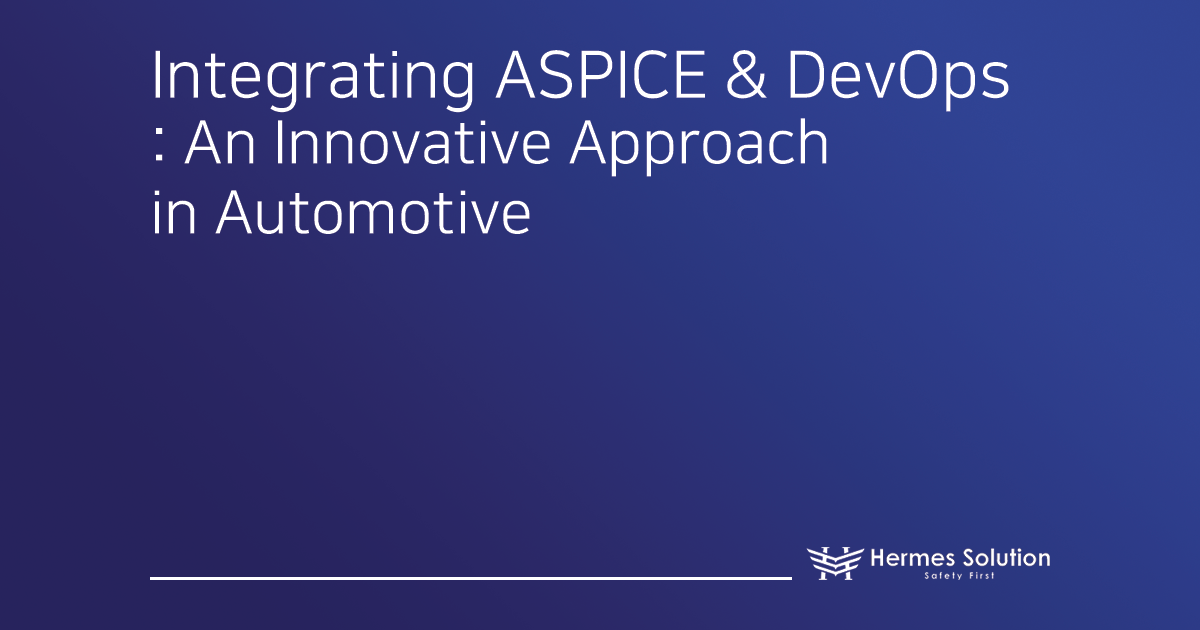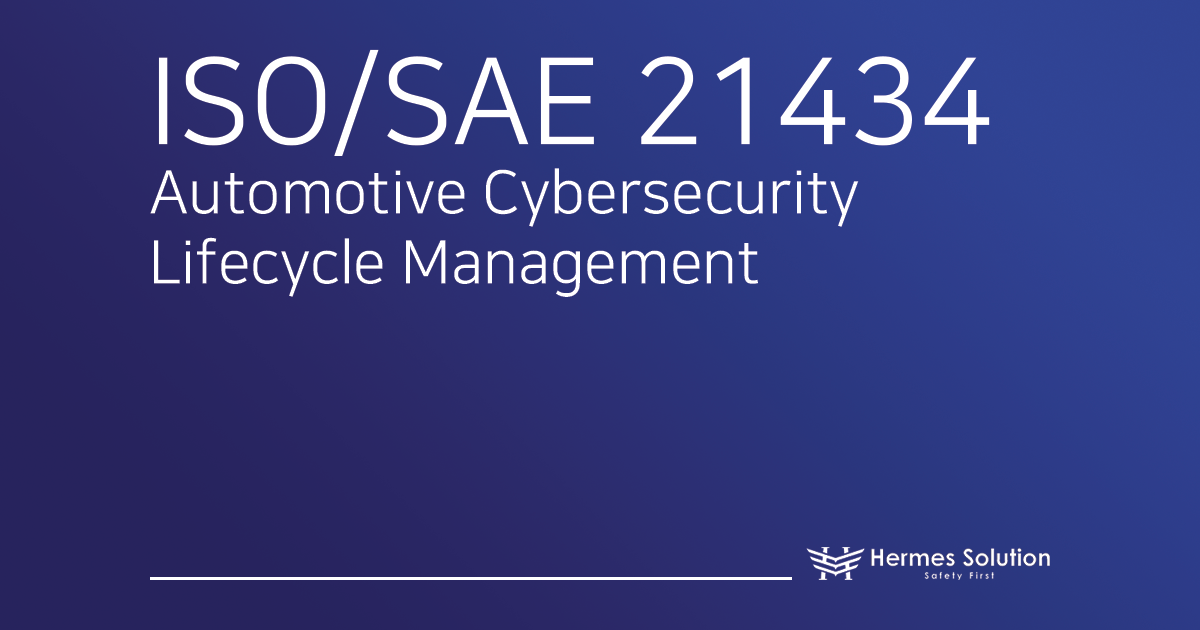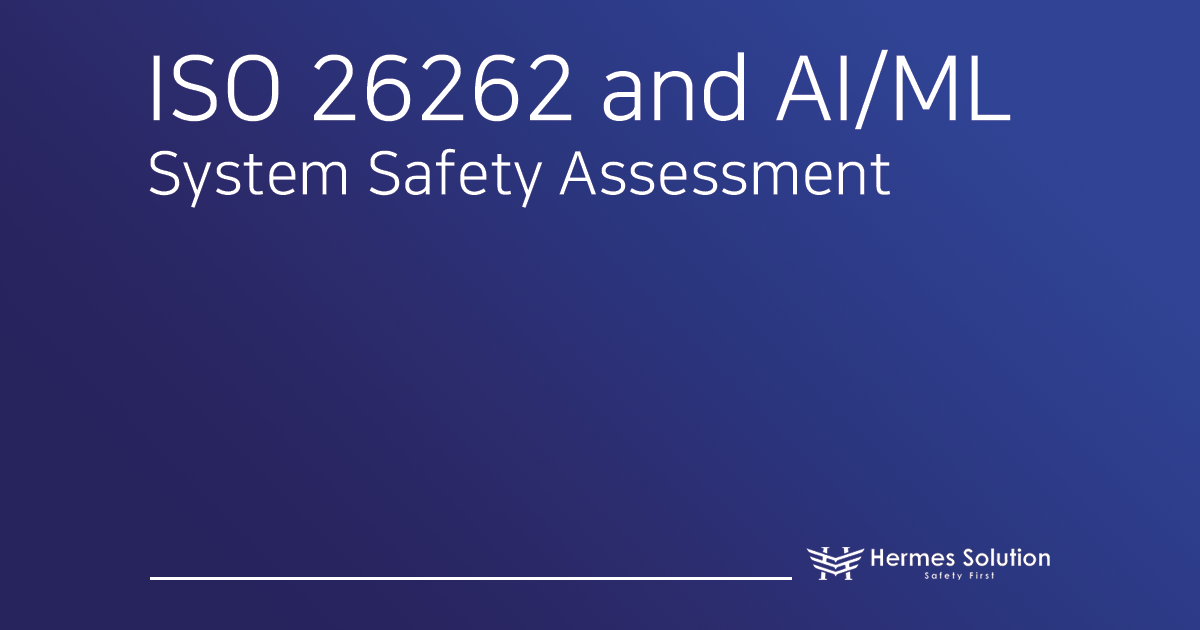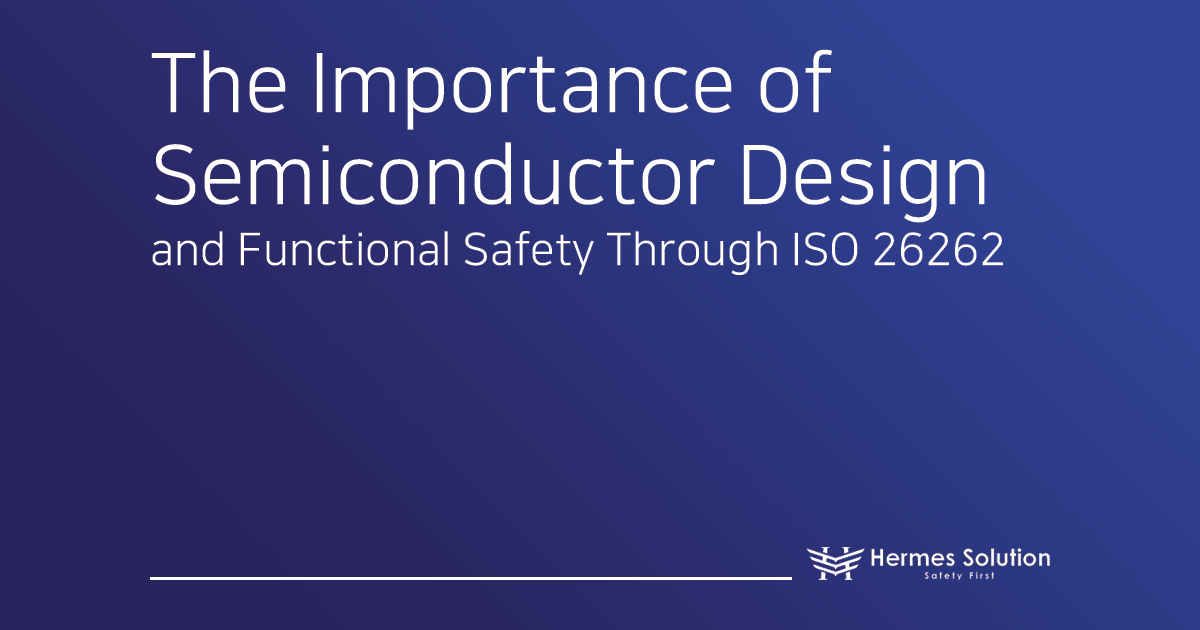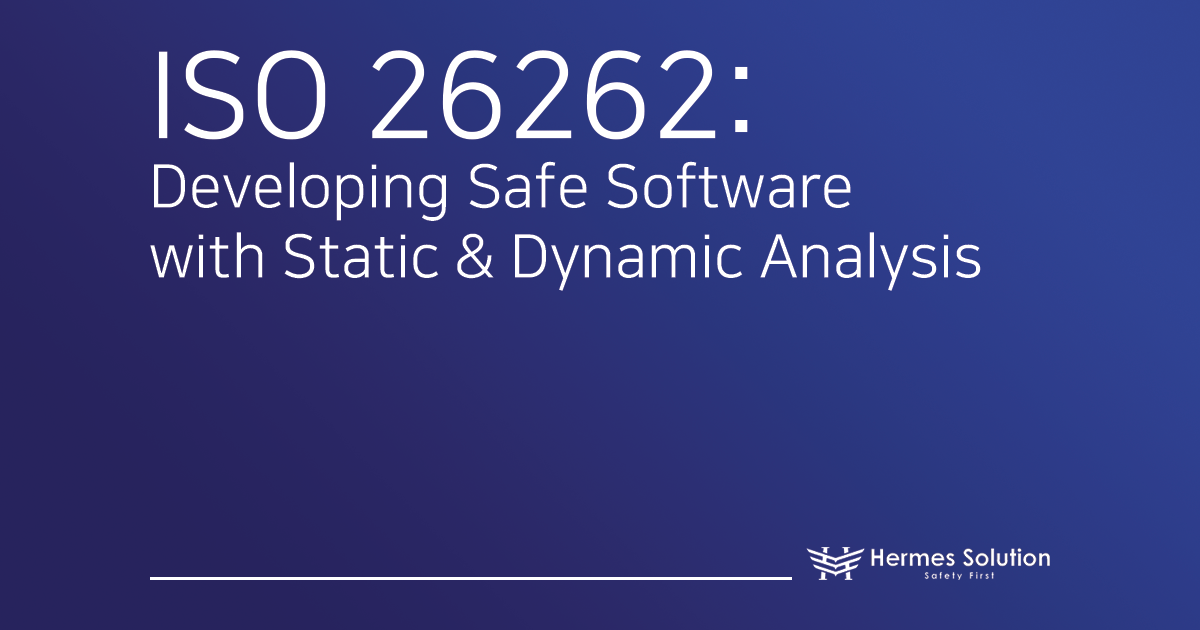Hello! This is Hermes Solution. Today, we will take an overview of ISO 26262 Part 4.
What is the System Level?
In ISO 26262, a system is defined as a set of elements. A single system can be an item, and multiple systems can also constitute a single item. In general terms, a system usually refers to a single controller. The ‘system level’ refers to the level at which various technologies that make up a car are integrated into one system. This includes hardware, software, optics, hydraulics, mechanics, and more. However, ISO 26262 focuses on hardware and software related to electrical/electronic components.
Why is the System Level Important?
Traditionally, automotive companies have separate teams for hardware and software development. This often leads to a lack of cooperation between the two teams. While project managers try to coordinate, this can result in the system level not being clearly considered. However, for automotive systems to be safe, integration and coordination at the system level are crucial.
System Level Reference Model
ISO 26262 Part 4 categorizes safety activities at the system level into three main sections:
Technical Safety Concept (4-6): Defines system-level requirements, architecture, and technical safety concepts, which are prerequisites for hardware and software development.
System and Item Integration and Testing (4-7): After hardware and software development, HW-SW integration and testing, system integration and testing, and item integration and testing are conducted.
Safety Validation (4-8): Verifies that safety goals have been achieved.

Technical Safety Concept
Technical Safety Requirements (TSR) are derived from Functional Safety Requirements. TSRs involve implementing safety mechanisms to detect and control faults, ensuring the system transitions to a safe state when an error is detected. These TSRs should be allocated to elements of the architecture. Additionally, both safety-related and non-safety-related elements should be implemented within a single architecture.
System and Item Integration and Testing
The integration and testing phase is based on the results of hardware and software development. After completing hardware and software development, HW-SW integration and testing, system integration and testing, and item integration and testing are performed. In this phase, testing objectives must be systematically set and coordinated. ISO 26262 defines the requirements for integrating and testing systems at the hardware-software, system, and vehicle levels.
Recently, various controllers have been integrated into a unified controller form, making integration and testing strategies increasingly important. It is crucial to ensure that these aspects are not overlooked during actual system-level development.
Safety Validation
Safety validation is the process of verifying that safety goals are achieved at the vehicle level. This involves long-term testing in the actual vehicle to ensure the item functions as implemented, the functional safety concept is properly applied to prevent safety goal violations in the event of systematic or random hardware failures, and the driver can control the vehicle in case of failures.
Summary
ISO 26262 Part 4 provides five key points:
Safety activities should be coordinated at the system level.
Functional Safety Requirements (FSR) should be refined into Technical Safety Requirements (TSR) and implemented into the system architecture.
Both systematic faults (design errors or bugs) and random hardware faults must be considered.
Safety analysis should systematically identify the causes and effects of faults.
System development results should be systematically integrated and tested from hardware-software integration to the entire vehicle level.
We hope this overview helps you understand the overall aspects of product development at the system level according to ISO 26262 Part 4. Thank you!
